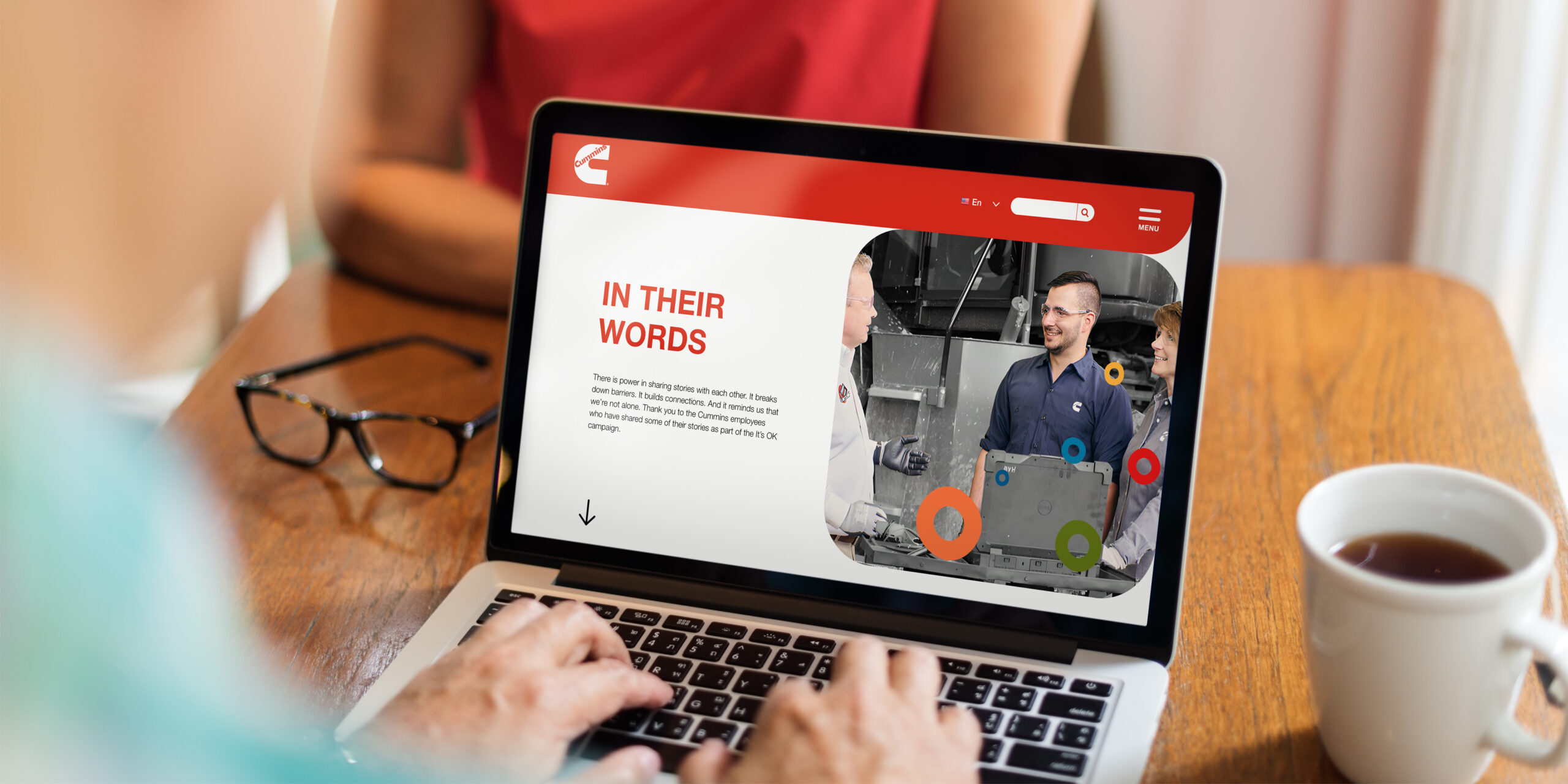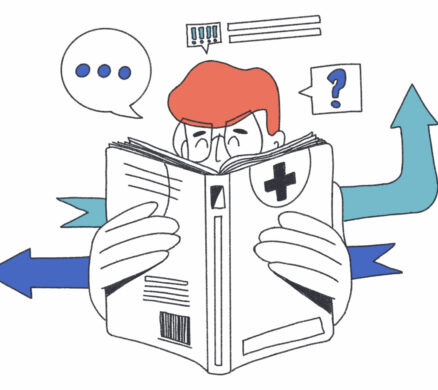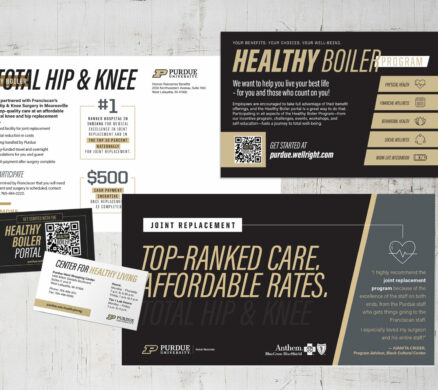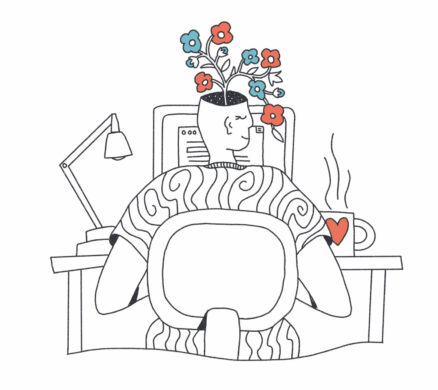
It doesn’t matter who you are, life will throw you curveballs.
Caring for an ill family member.
Battling a serious illness.
Coping with the loss of a loved one.
Struggling financially to make ends meet.
It’s in these moments that employers can truly shape employee well-being and workplace satisfaction. These ‘moments that matter’ are not simply limited to the “grand” employee life events — promotions, births, and retirements — but include those rarely-acknowledged, often difficult situations that affect an employee’s life in significant ways.
“The research demonstrates that employees care about employer support during life’s most difficult moments and that effective care delivery during these moments can significantly impact employee well-being (MetLife’s 22nd Annual U.S. Employee Benefit Trends Study 2024).”
To provide a more holistic employee experience, employers must look to show consistent care and support during all the moments that can impact an employees’ professional and personal life. Many employers already have benefits in place for employees in these situations, but helping them understand the benefits available can sometimes be challenging.
In the work we do with organizations, we see many naturally organize their benefits by the benefit provider. While this makes logical sense, it may not be the way employees think about their specific need. Additionally, many employers have rich benefit offerings and can address a specific need through multiple providers and programs.
It’s time to start organizing the benefit offerings around these ‘Moments that Matter’. By doing so, we can help employees see what is available to them in their time of need.
This isn’t an easy path, but here are three quick strategies to start on the journey.
1. Identify your list of ‘Moments that Matter’
The MetLife study outlines the top 10 employee ‘moments’ based on their research. However, we suggest you first look at the demographic data of your employees. Begin to look for trends you see based on age, gender and benefit usage. If you are able, take it one step further and conduct your own research.
2. Build content based on those moments
Your benefits team goes above and beyond to bring innovative programs to their employees. However, sometimes there’s so many programs that it can be confusing to the employee where to start when they have a specific need.
Armed with your list from step one, begin creating content that can help the employee see what benefits can help them in their ‘Moment’. The first thing you need to focus on is the content, then you can determine the best way to deliver to your audience.
One size never fits all, especially when it comes to communication — consider a range of preferences for channels and timing, ensuring that the message reaches employees in a manner they are most likely to engage with.
Start with the top five ‘Moments’ and make it a priority to add to your list every year.
3. Make employees aware of these resources and if possible, leverage personal stories and inspirational content
Benefits awareness and accessibility play a critical role in upholding an always-on care strategy. Employees who are aware of and access their benefits feel more cared for during ‘Moments that Matter’. Improving the visibility and ease of access to the new content you are building in step two is key to enhancing this experience for employees.
Additionally, if you can use anecdotes or testimonials to help illustrate your ‘Moments that Matter,’ the message will resonate better with your employees than cut-and-dry HR-jargon filled documents. Personal stories and inspirational content can serve as a bridge that connects the benefits on paper with the actual well-being of employees. Stories that depict how benefits helped real employees navigate through various life moments can be powerful tools in demonstrating employee care.
The Future of Moments that Matter Communications
An effective ‘moments that matter’ communication strategy is the future of benefits management and employee care. It is not about checklists and programs; it is about weaving a narrative of care in all the interactions that employees have with their employers.
Organizations that recognize and act upon these ‘moments that matter’ will not only see an uptick in employee satisfaction but also create a more engaged and loyal workforce.
The MetLife research on employee well-being and benefits found that a staggering 64% of employees feel that employers have a direct responsibility for supporting them through personal matters outside of work. And statistically, 50% of employees state that they would feel more cared for if their employer improved benefits communications.
These statistics reinforce the notion that clear, strategic communication about benefits is synonymous with employee care. It’s not just about having the benefits; it’s about using them to enhance the employee experience in a meaningful way.
If we can assist with your communication efforts, reach out at hello@westcomm.com or follow us on LinkedIn for more insights.





